

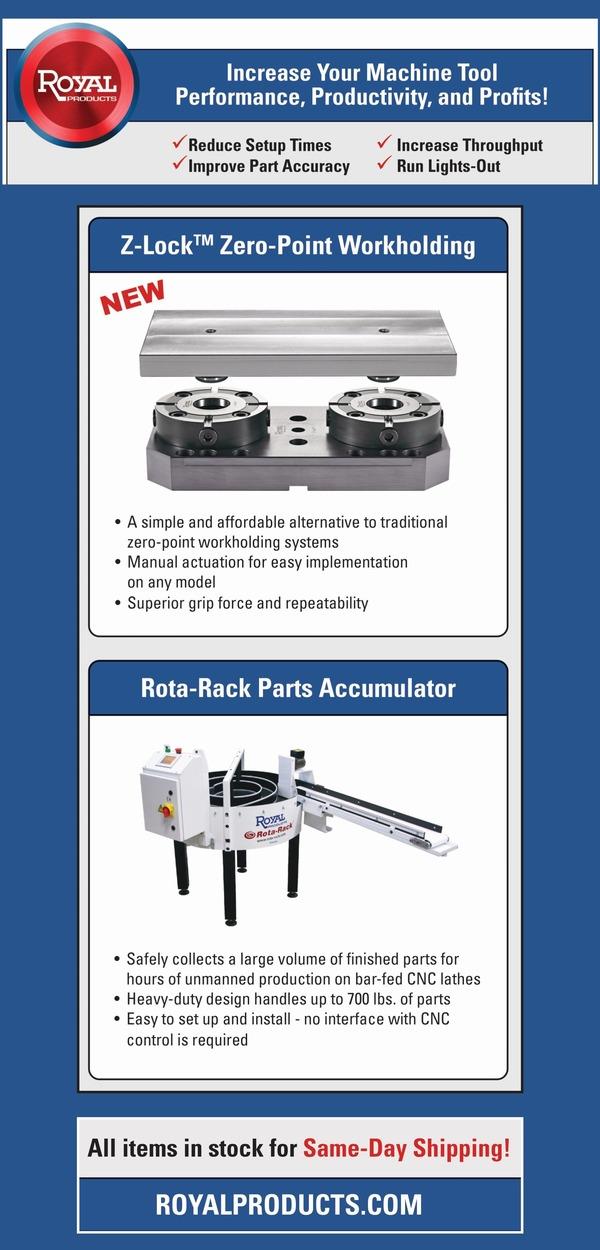
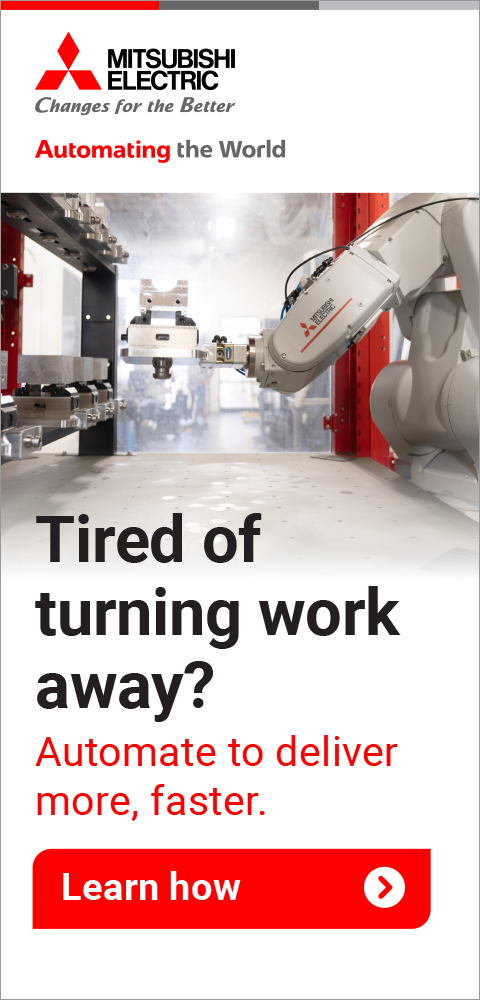


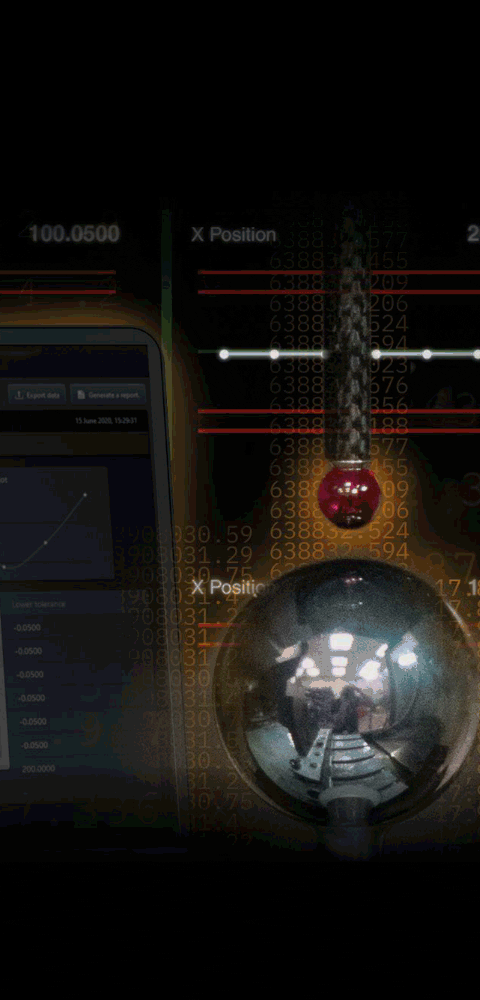
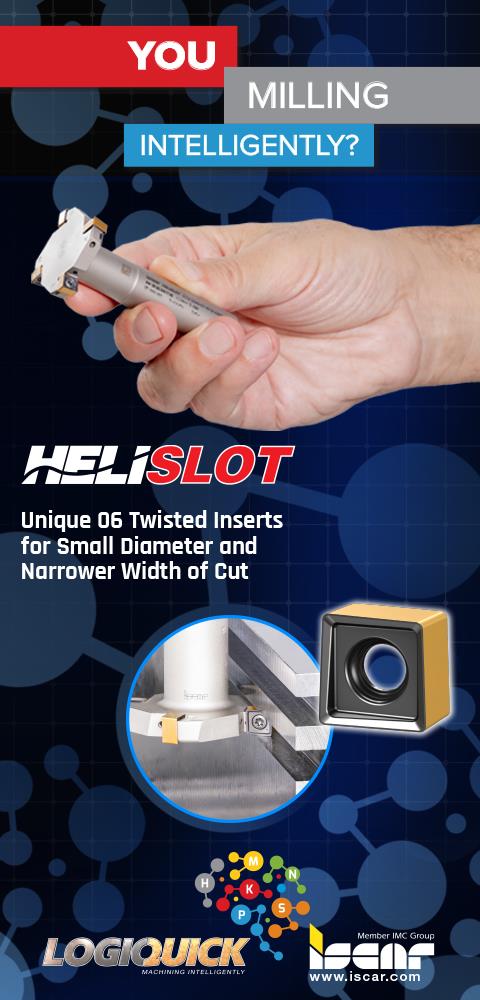
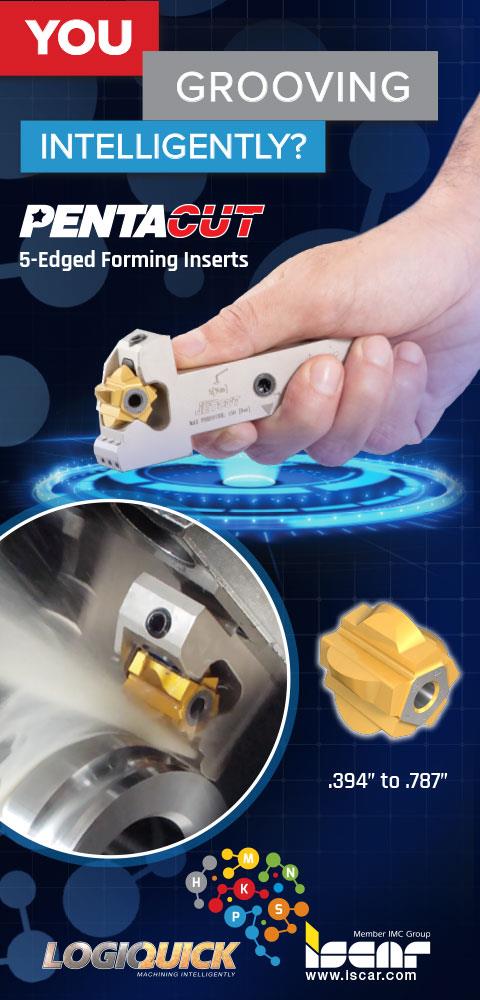
Rewinding of Replacement Coils for Brakes, Clutches and Magnets
June 1, 2014
Foster Transformer provides rewinding of coils for electrically actuated motor brakes, electro-mechanical clutches and lifting magnets.
"With a full range of winding equipment, low cost modular tooling and access to its extensive inventory of raw materials, Foster can evaluate customer needs and prepare an estimate quickly," said a company spokesperson. "Replacement coils are typically manufactured in days rather than weeks, at a fraction of the cost of replacing the entire brake, clutch or magnet assembly. Often these components are very old, and replacement components are unavailable from the original equipment manufacturer." Replacement coils are typically used on equipment such as overhead cranes, lifting magnets and large conveyors equipped with electro-mechanical safety brakes used in applications such as steel mills, scrap yards, mining operations and more.
The original coil is inspected to verify lead locations, wire gauge, number of turns and dimensions. A wooden plug, slightly larger than the final I.D., is cut to support the coil during winding. The form is attached to the headstock of the winding machine and a universal backing plate is attached. A single layer of insulation is wrapped round the plug before winding. NEMA MW 35C copper magnet wire rated at 200 °C or copper foil is used for the winding, depending upon application parameters. Finished coils are cuffed with DuPOnt Nomex or 3M TufQuin insulation before being wrapped with fiberglass tape for abrasion resistance. When the coil wire also serves as the lead out wire, fiberglass sleeving is added before wrapping the coil to protect and insulate the magnet wire. Larger coils may use copper bus bar rather than self-leads. When available, the casting or enclosure is used to test fit the coil before it is impregnated with an epoxy resin. This epoxy bonds the wire insulation and seals out moisture. Coils may also be vacuum potted in the casting process for additional protection.
In addition to winding to original specs, Foster can also supply coils for new designs, including rapid prototyping capabilities. According to the company, virtually any input and output voltages are attainable - including custom input voltages and frequencies.
For more information contact:
Foster Transformer
3820 Colerain Avenue
Cincinnati, OH 45223
800-963-9799
info@foster-transformer.com
www.foster-transformer.com
< back